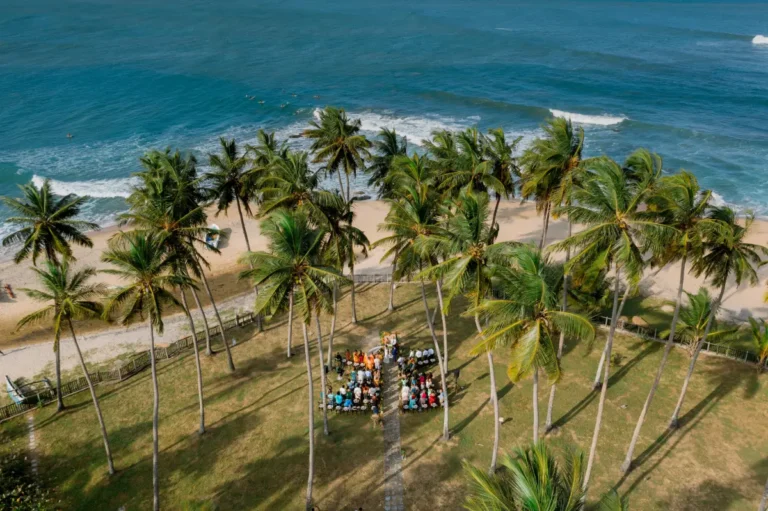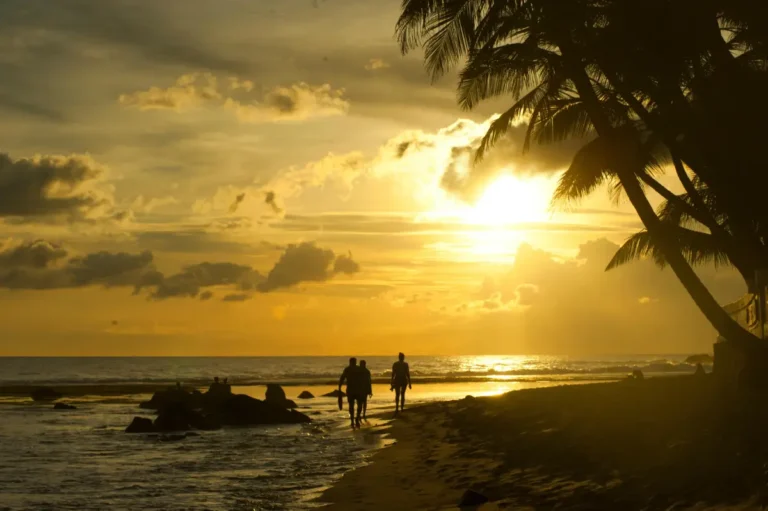A Unique and Informative Guide to Sri Lanka
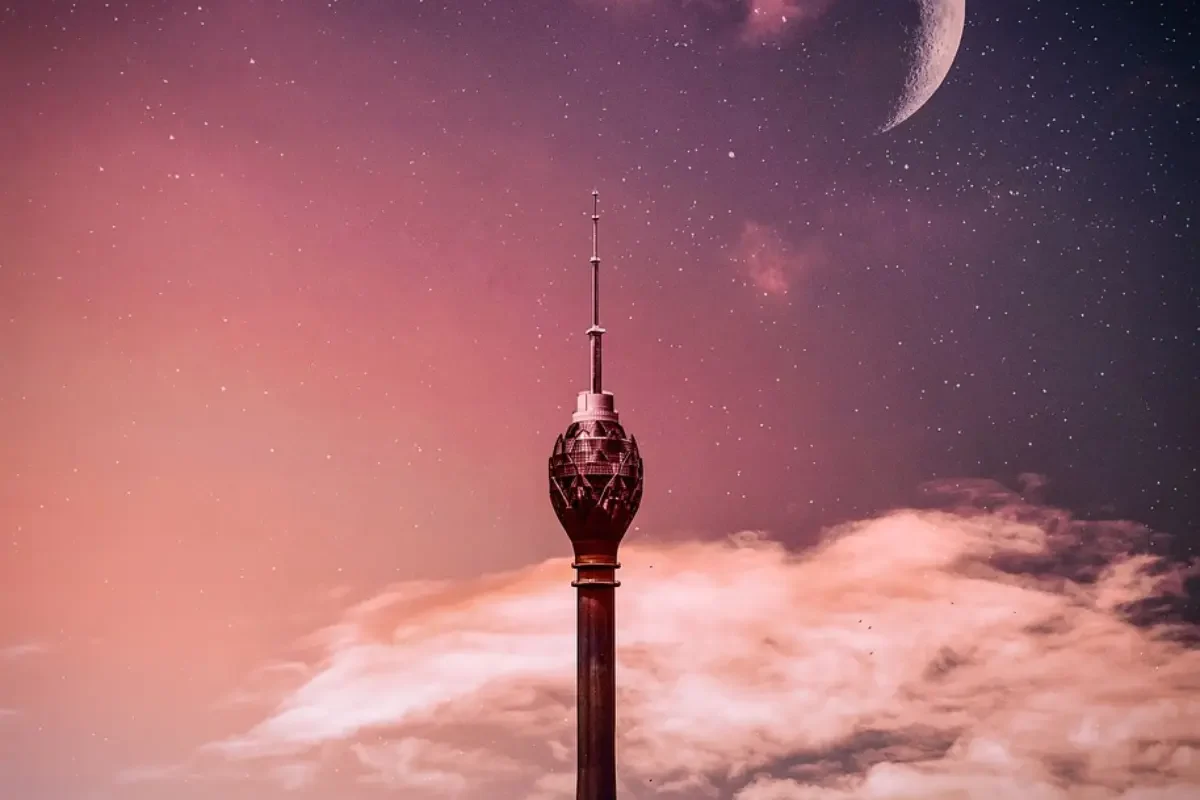
Introduction
Colombo, the bustling capital of Sri Lanka, is a city that effortlessly blends the old with the new. As the country’s largest city and commercial hub, Colombo is a melting pot of cultures, traditions, and histories. From its colonial-era architecture to its modern skyscrapers, from its bustling markets to its serene temples, Colombo offers a unique and diverse experience for every traveler. In this blog post, we will take you on a journey through the heart of Colombo, uncovering its hidden gems, exploring its rich history, and showcasing the best that this vibrant city has to offer.
A Brief History of Colombo
Colombo’s history dates back over 2,000 years, with its origins as a port city known to ancient traders from Rome, China, and the Arab world. The city’s strategic location on the Indian Ocean made it a key trading hub, attracting merchants from far and wide. The name “Colombo” is believed to have been derived from the Sinhalese word “Kolon Thota,” meaning “port on the river Kelani.”
In the 16th century, the Portuguese arrived in Colombo and established a fort, marking the beginning of European colonial rule. The Dutch followed in the 17th century, and later the British in the 19th century, each leaving their mark on the city’s architecture, culture, and infrastructure. Today, Colombo stands as a testament to its rich and diverse history, with remnants of its colonial past still visible throughout the city.
Exploring Colombo's Neighborhoods
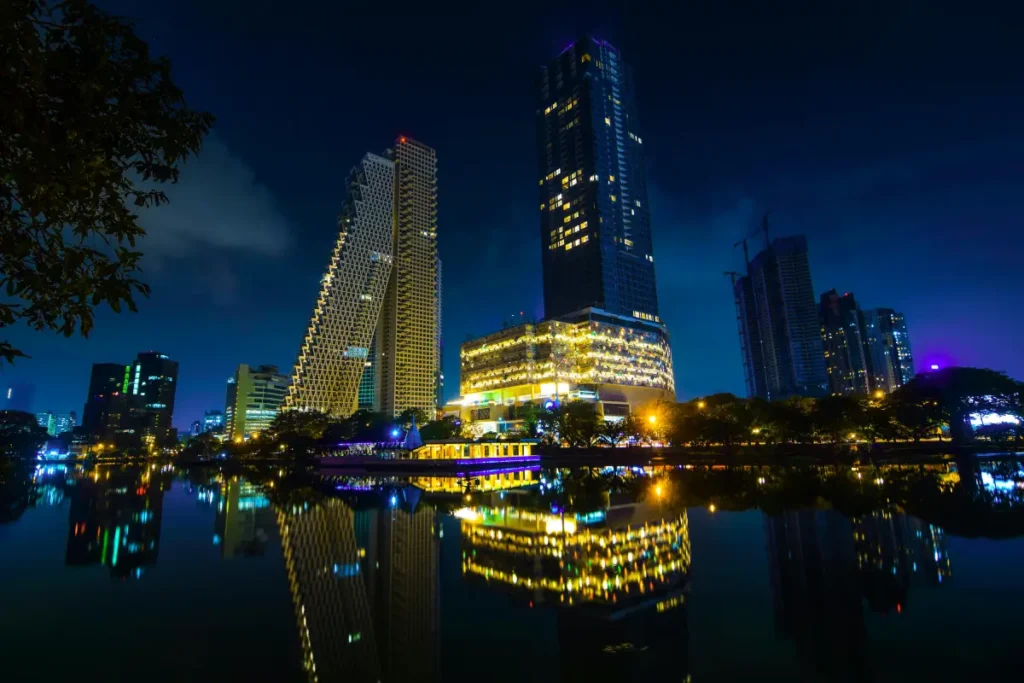
Colombo is a city of neighborhoods, each with its own unique character and charm. Here are some of the most notable areas to explore:
Fort: The historic heart of Colombo, Fort is home to many of the city’s colonial-era buildings, including the Old Parliament Building and the Dutch Hospital Shopping Precinct. Once a fortified area, Fort is now a bustling commercial district with a mix of old and new architecture.
Pettah: Just east of Fort, Pettah is Colombo’s vibrant market district. Known for its bustling streets, colorful markets, and diverse shops, Pettah is a sensory overload in the best possible way. Here, you can find everything from spices and textiles to electronics and jewelry.
Galle Face Green: This expansive ocean-side urban park is a popular spot for locals and tourists alike. Stretching along the coast, Galle Face Green offers stunning views of the Indian Ocean and is a great place to relax, fly a kite, or enjoy a sunset stroll.
Cinnamon Gardens: One of Colombo’s most affluent neighborhoods, Cinnamon Gardens is known for its wide, tree-lined streets and elegant colonial-era homes. The area is also home to several important landmarks, including the National Museum of Colombo and the Viharamahadevi Park.
Colombo 7 (Cinnamon Gardens): This upscale neighborhood is known for its colonial-era mansions, embassies, and trendy cafes. It’s a great place to explore on foot, with plenty of green spaces and historic buildings to admire.
Cultural and Historical Landmarks
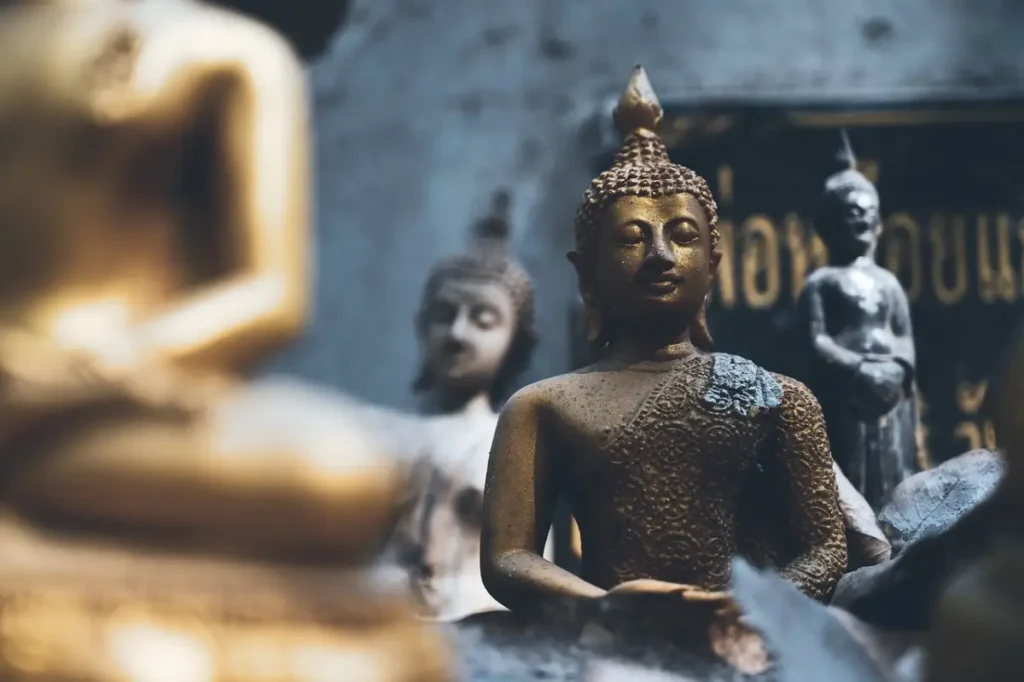
Colombo is a city rich in culture and history, with a wealth of landmarks that reflect its diverse heritage. Here are some must-visit sites:
Gangaramaya Temple: One of Colombo’s most important Buddhist temples, Gangaramaya is a complex that includes a temple, museum, and library. The temple is known for its impressive collection of Buddha statues, relics, and other religious artifacts.
Kelaniya Raja Maha Vihara: Located just outside Colombo, this ancient Buddhist temple is believed to have been visited by Lord Buddha himself. The temple’s stunning murals and intricate carvings make it a must-visit for history and art enthusiasts.
Wolvendaal Church: Built by the Dutch in 1749, Wolvendaal Church is one of the oldest Protestant churches in Sri Lanka. The church’s architecture is a fine example of Dutch colonial style, with its thick walls, high ceilings, and elegant interiors.
Independence Memorial Hall: Located in Independence Square, this iconic landmark commemorates Sri Lanka’s independence from British rule in 1948. The hall’s architecture is inspired by traditional Kandyan design, and the surrounding park is a popular spot for locals and tourists alike.
Colombo Fort Clock Tower: Standing tall in the heart of Fort, the Colombo Fort Clock Tower is a remnant of the city’s colonial past. Originally a lighthouse, the tower now serves as a clock tower and is a popular landmark in the city.
Modern Attractions and Entertainment
While Colombo is steeped in history, it is also a modern and dynamic city with plenty of contemporary attractions and entertainment options. Here are some highlights:
One Galle Face Mall: This upscale shopping mall is one of Colombo’s newest and most popular attractions. With a wide range of international and local brands, as well as a variety of dining options, One Galle Face Mall is a great place to shop, dine, and relax.
Colombo Lotus Tower: Standing at 350 meters, the Colombo Lotus Tower is one of the tallest structures in South Asia. The tower offers panoramic views of the city and is a symbol of Colombo’s modernization and growth.
National Museum of Colombo: Established in 1877, the National Museum of Colombo is the largest and oldest museum in Sri Lanka. The museum’s extensive collection includes artifacts from Sri Lanka’s ancient kingdoms, colonial-era relics, and natural history exhibits.
Colombo Dutch Hospital Shopping Precinct: Once a hospital during the Dutch colonial period, this historic building has been transformed into a vibrant shopping and dining precinct. With its charming courtyard and colonial architecture, the Dutch Hospital is a great place to shop for souvenirs, enjoy a meal, or simply soak in the atmosphere.
Mount Lavinia Beach: Just a short drive from Colombo, Mount Lavinia Beach is a popular spot for locals and tourists alike. The beach offers golden sands, clear waters, and a relaxed atmosphere, making it a great place to unwind and enjoy the coastal beauty.
Culinary Delights of Colombo
Colombo’s culinary scene is as diverse as its culture, offering a wide range of flavors and cuisines. From traditional Sri Lankan dishes to international fare, there’s something for every palate. Here are some must-try culinary experiences in Colombo:
Sri Lankan Rice and Curry: No visit to Colombo is complete without trying Sri Lanka’s national dish, rice and curry. This flavorful meal typically includes a variety of curries, such as dhal, fish, chicken, and vegetable, served with rice, sambal, and papadum.
Hoppers (Appa): Hoppers are a popular Sri Lankan dish made from fermented rice flour and coconut milk. These bowl-shaped pancakes can be enjoyed plain or with an egg cooked in the center, and are often served with sambal and curry.
Kottu Roti: A beloved street food, kottu roti is made from chopped roti (flatbread) stir-fried with vegetables, eggs, and meat or seafood. The rhythmic chopping sound of kottu roti being prepared is a common and comforting sound in Colombo’s streets.
Seafood: With its coastal location, Colombo is a great place to enjoy fresh seafood. From grilled prawns to crab curry, the city’s seafood dishes are a must-try for any food lover.
Tea: Sri Lanka is famous for its tea, and Colombo is a great place to sample some of the best. Whether you enjoy a traditional cup of Ceylon tea or try a tea-infused cocktail, Colombo’s tea culture is not to be missed.
Hidden Gems and Off-the-Beaten-Path Experiences
While Colombo’s main attractions are well worth visiting, the city also has plenty of hidden gems and off-the-beaten-path experiences to discover. Here are a few lesser-known spots to explore:
Seema Malaka Temple: Located on Beira Lake, Seema Malaka is a serene Buddhist temple designed by the renowned Sri Lankan architect Geoffrey Bawa. The temple’s tranquil setting and unique architecture make it a peaceful retreat from the bustling city.
Colombo City Walks: For a deeper understanding of Colombo’s history and culture, consider joining a guided city walk. These tours often take you through lesser-known neighborhoods and provide insights into the city’s past and present.
Pettah Floating Market: Located on the banks of the Beira Lake, the Pettah Floating Market is a unique shopping experience. The market features a variety of stalls selling everything from fresh produce to handicrafts, all set on floating platforms.
Colombo Street Art: In recent years, Colombo has seen a surge in street art, with colorful murals and graffiti adorning the city’s walls. Take a stroll through the streets of Colombo to discover these vibrant works of art.
Dehiwala Zoo: While not exactly hidden, the Dehiwala Zoo is often overlooked by tourists. The zoo is home to a wide variety of animals, including elephants, lions, and exotic birds, and is a great place to spend a day with family.
Conclusion
Colombo is a city that offers something for everyone. Whether you’re a history buff, a foodie, a shopaholic, or simply looking to relax and soak in the local culture, Colombo has it all. From its rich history and cultural landmarks to its modern attractions and hidden gems, Colombo is a city that will captivate and inspire you. So, the next time you find yourself in Sri Lanka, be sure to take the time to explore this vibrant and dynamic capital city. You won’t be disappointed.

